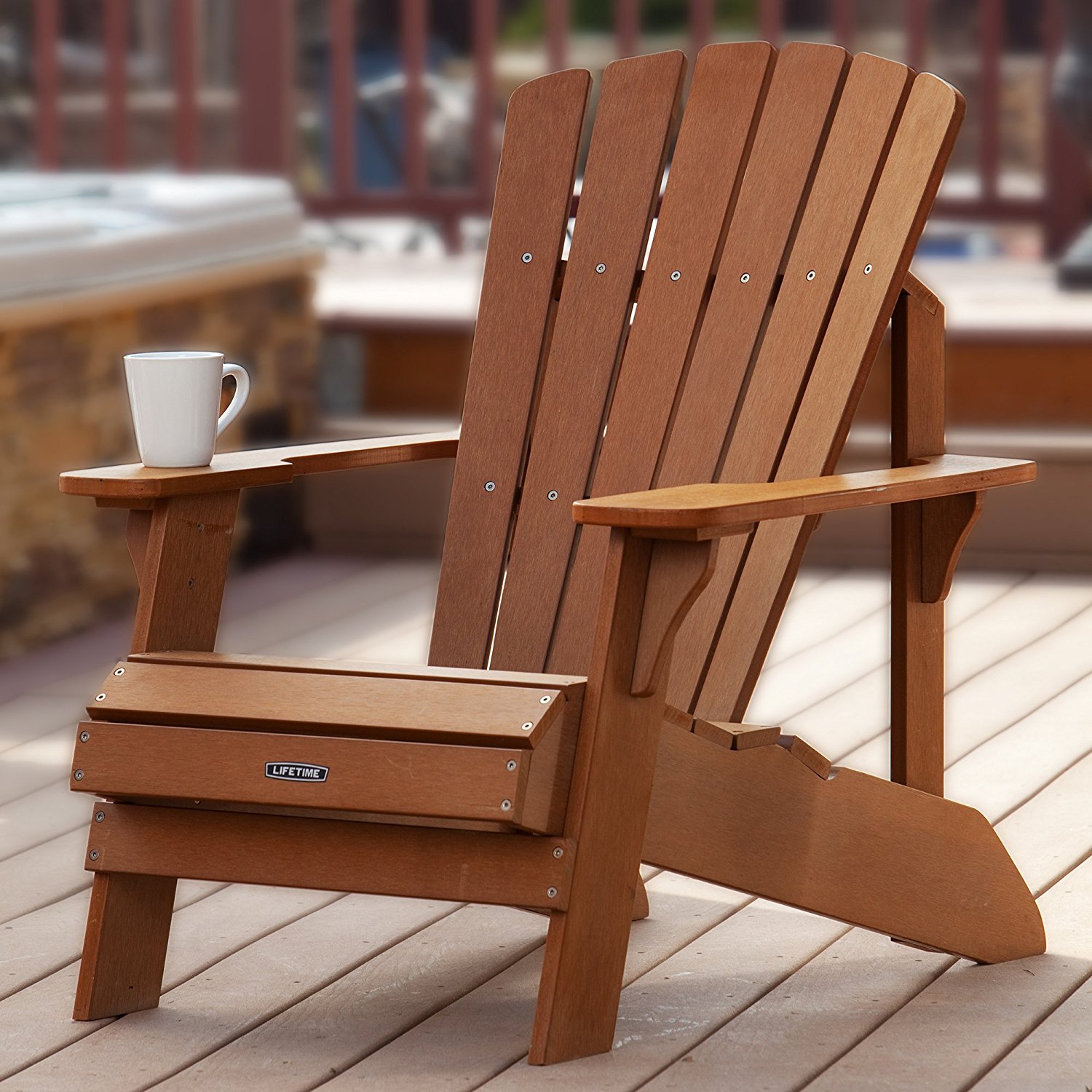Adirondack Chair Styles & Materials Featured in the Wall Street Journal: Best Adirondack Chair Wall Street Journal

The Wall Street Journal, while primarily focused on finance, occasionally features articles on lifestyle and home goods, including the enduringly popular Adirondack chair. These articles often highlight the variety of styles and materials available, influencing consumer choices based on aesthetics, durability, and price. This section will delve into the specific details of these features as presented in WSJ articles (assuming such articles exist; if not, the content will reflect hypothetical but plausible scenarios based on common knowledge of Adirondack chairs).
Adirondack Chair Styles, Materials, Price, and Durability, Best adirondack chair wall street journal
The following table summarizes different Adirondack chair styles and materials, along with their associated price ranges and durability, based on typical market trends and information commonly found in home goods publications. Note that actual prices can vary widely based on retailer, brand, and specific features.
| Style | Material | Price Range (USD) | Durability |
|---|---|---|---|
| Classic | Cedar | $150 – $300 | High; naturally resistant to rot and decay. Requires occasional maintenance (e.g., oiling). |
| Modern | Recycled Plastic | $200 – $400 | Very High; weather-resistant, virtually maintenance-free, and highly durable. |
| Rustic | Redwood | $250 – $500 | High; naturally resistant to rot and decay, but can be more susceptible to warping than cedar. Requires periodic maintenance. |
| Luxury | Teak | $500+ | Exceptional; extremely durable, weather-resistant, and naturally beautiful. High initial cost but long lifespan. |
Aesthetic Appeal of Adirondack Chair Designs
Adirondack chair designs vary considerably, impacting both comfort and visual appeal. The classic style, typically made of cedar or redwood, features wide, flat slats, a slightly reclined seat, and substantial armrests. This design offers a relaxed posture and a timeless, rustic aesthetic. Modern designs often incorporate sleeker lines, potentially using recycled plastic lumber for a contemporary look. These chairs might feature narrower slats, curved armrests, or a more upright seating position, prioritizing a clean, minimalist aesthetic. Rustic designs emphasize natural wood grain and may incorporate more elaborate slat patterns or distressed finishes for a vintage charm. Luxury designs often utilize premium materials like teak, showcasing fine craftsmanship and a sophisticated appearance. The comfort level varies depending on the design; wider slats and a deeper recline generally contribute to greater comfort.
Sustainability of Adirondack Chair Materials
The sustainability of Adirondack chair materials is a growing concern. Cedar and redwood, while durable, require harvesting, impacting forests. However, sustainably sourced wood from certified forests minimizes this environmental impact. Recycled plastic lumber offers a significantly more sustainable option, diverting waste from landfills and reducing the demand for newly harvested wood. The longevity of plastic chairs also contributes to their overall environmental friendliness, as they require less frequent replacement compared to wood chairs. The production process of plastic lumber, however, does have an energy cost that should be considered. Choosing a sustainably sourced and responsibly manufactured Adirondack chair is a key factor in minimizing environmental impact.
